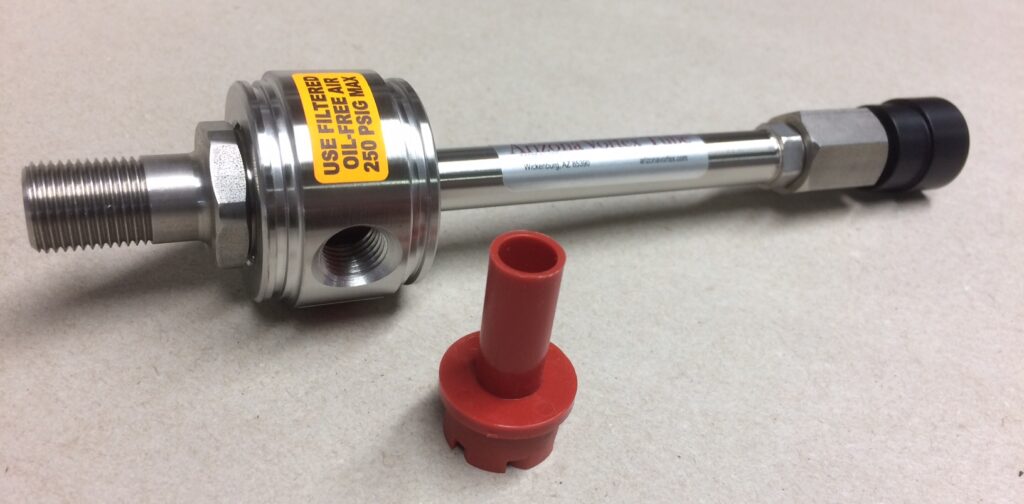Vortex Tube Cooling
The Future of Cooling: Exploring the Vortex Tube Technology
In today’s fast-paced world, efficient cooling solutions are more important than ever. As industries seek innovative ways to maintain optimal temperatures, one technology stands out: the vortex tube cooling system. This blog post will delve into the mechanics and applications of vortex tube cooling, providing you with a comprehensive understanding of this technology.
What is a Vortex Tube?
A vortex tube, also known as a Ranque-Hilsch vortex tube, is a device that separates compressed air into hot and cold streams without any moving parts. Invented by French engineer Georges Ranque in 1933, the vortex tube works on the principle of vortex dynamics, utilizing the kinetic energy of compressed air to create distinct temperature zones.
How Does It Work?
- Compressed Air Inlet: Compressed air is introduced into the vortex tube through a nozzle, creating a high-velocity vortex.
- Vortex Formation: As the air spirals, it experiences centrifugal forces, causing denser, colder air to move toward the outer wall while warmer air migrates toward the center.
- Temperature Separation: The cold air exits through one end of the tube, while the hot air is expelled from the opposite end, resulting in a significant temperature differential.

Applications of Vortex Tube Cooling
Vortex tubes are versatile and find applications across various industries, including:
- Manufacturing: Used for spot cooling of machinery and tools during operations.
- Automation: Used for cooling enclosures with heat sensitive controls.
- Machining: Vortex Tubes can cool a variety of machining operations; drills, lathes, saws, and more.
- Electronics: Effective cooling for sensitive electronic components and circuit boards.
- Food Processing: Maintains optimal temperatures for storage and processing of perishable goods.
- Automotive: Provides localized cooling for engine components and testing environments.
